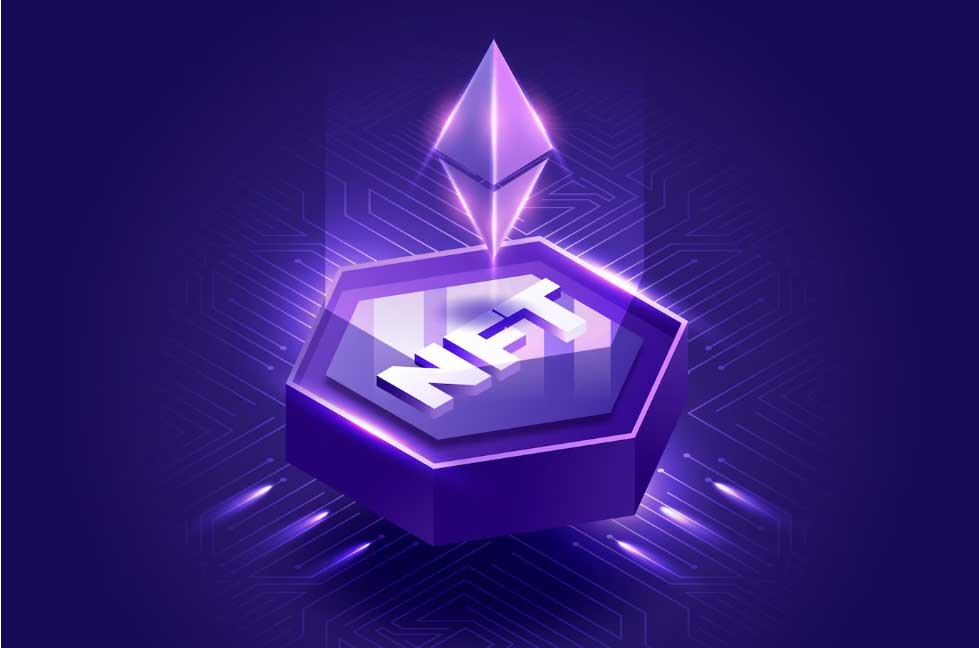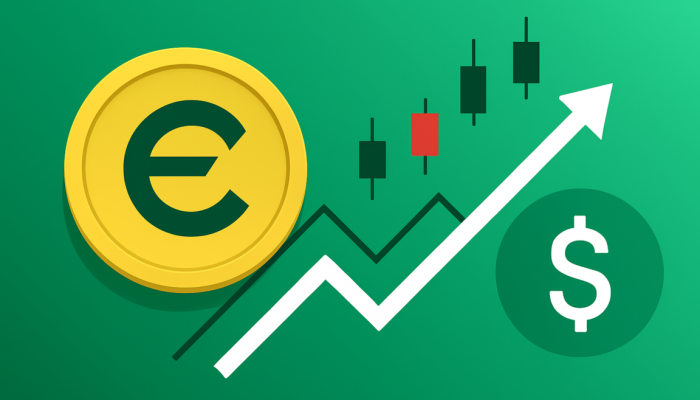The emergence of blockchain technology has brought about a new and innovative concept known as Non-Fungible Tokens (NFTs). These unique digital assets have gained significant attention and popularity in recent years, revolutionizing the way we perceive and trade digital content. In this comprehensive article, we will delve into the world of NFTs, exploring their definition, history, working principles, and various applications. So, let’s embark on this exciting journey and unravel the mysteries of NFTs.
What are Non-Fungible Tokens (NFTs)? Non-Fungible Tokens, commonly referred to as NFTs, are digital assets that have been tokenized using blockchain technology. Unlike cryptocurrencies such as Bitcoin or Ethereum, which are fungible and can be exchanged on a one-to-one basis, NFTs possess unique identification codes and metadata that set them apart from one another [1]. Each NFT represents a distinct and indivisible unit, making it impossible to replace or interchange one NFT with another in a like-for-like manner. This inherent uniqueness grants NFTs a level of scarcity and authenticity, paving the way for a new era of digital ownership and provenance.
A Brief History of NFTs Although NFTs gained widespread attention in recent years, their origins can be traced back to earlier developments. The first recorded sale of an NFT was “Quantum,” a digital artwork tokenized by Kevin McKoy in 2014 on the Namecoin blockchain. However, it was not until 2021, when the sale of digital artist Beeple’s artwork fetched a staggering $69 million at auction, that NFTs truly captured the public’s imagination [1][2]. This watershed moment solidified NFTs’ position in the art world and sparked a global conversation about the future of digital ownership and value.
How do NFTs Work? The process of creating an NFT is known as “minting.” Minting involves recording the relevant information and ownership details of an NFT on a blockchain, typically using smart contracts. These smart contracts define the rules, conditions, and properties of the NFT, including its uniqueness, ownership rights, and any associated royalties or licensing agreements [1][3]. Once minted, the NFT is permanently stored and immutably verified on the blockchain, providing transparent and tamper-proof proof of ownership and authenticity.
-----Cryptonews AD----->>> <<<-----Cryptonews AD-----
Applications and Use Cases of NFTs The versatility of NFTs extends beyond the realm of digital art. These unique tokens have found application in various domains, including:
- Art and Collectibles: NFTs have revolutionized the art market, allowing artists to tokenize their digital creations and sell them directly to collectors. This eliminates the need for intermediaries and provides artists with greater control and financial opportunities.
- Gaming and Virtual Worlds: NFTs enable the ownership and trading of in-game assets, virtual real estate, and rare items. Players can truly own their digital possessions, and the scarcity of certain items adds value and excitement to the gaming experience.
- Music and Entertainment: NFTs have the potential to revolutionize the music industry by offering artists new





